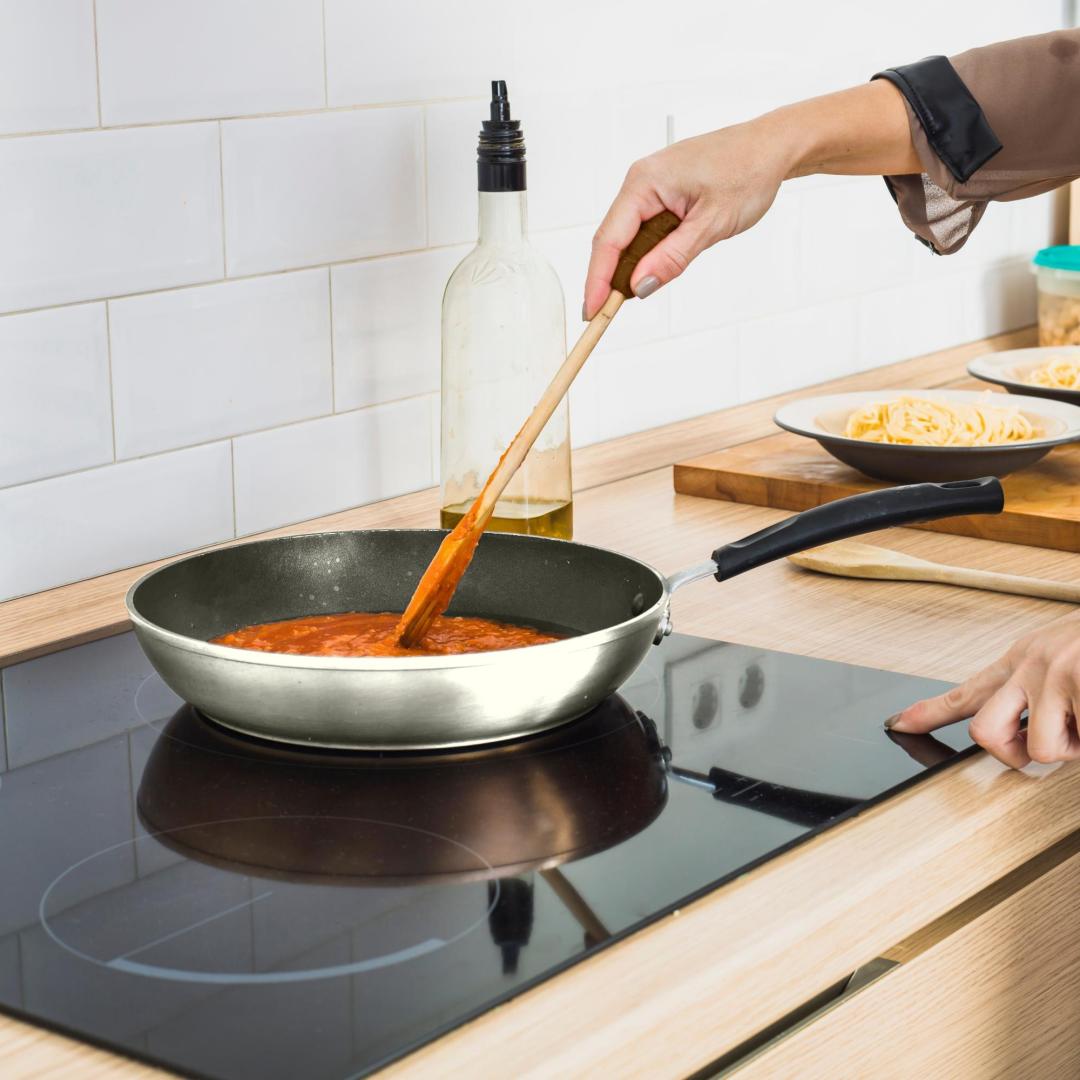When it comes to cooking, having the right tools can make all the difference. Each pan serves a unique purpose, and knowing their distinctions can elevate your culinary game. This guide is tailored for home cooks of all levels—whether you're just starting out, a seasoned chef, or somewhere in between. Let’s explore the Skillet, Sauté Pan, and Frying Pan in detail.
Definitions
Skillet: Think of the skillet as your trusty workhorse in the kitchen. It’s typically made of heavy cast iron or stainless steel, featuring a flat bottom and gently sloped sides. This design makes it perfect for frying, searing, and browning a variety of ingredients. The skillet is known for its ability to retain heat, allowing for even cooking and enhancing flavors.
Sauté Pan: The sauté pan is a versatile gem, designed with straight sides and often accompanied by a lid. This pan is ideal for those who love to stir and simmer. It offers a larger cooking surface, making it perfect for preparing dishes that require more space, such as stir-fries or sauces. The lid helps trap heat and moisture, ensuring your ingredients cook evenly and stay flavorful.
Frying Pan: The frying pan is your go-to for quick, everyday cooking. It’s usually lightweight and features slanted edges. Many frying pans come with a non-stick coating, making them perfect for frying eggs, pancakes, or sautéing vegetables. The design allows for easy flipping and turning, which is especially useful for beginners who are still mastering their cooking techniques.
Appearance Differences
Skillet: A skillet often boasts a robust, round shape with a sturdy handle. Its heavier construction gives it a reassuring presence in the kitchen, making it an excellent choice for serious cooking tasks. You’ll recognize it by its slightly curved sides that help contain splatters while cooking.
Sauté Pan: The sauté pan stands out with its straight, tall sides and larger cooking surface. It may have two handles, making it easier to lift, especially when it’s full of delicious food. The lid is a key feature, allowing you to cover your dish to keep it warm and flavorful.
Frying Pan: This pan is typically the lightest of the three, featuring slanted edges that make it easy to maneuver. Its open design allows for quick access to the food, making it ideal for fast cooking. You’ll often find frying pans in various materials, including non-stick options that simplify cooking and cleanup.
Pros and Cons Analysis
| Pan Type | Pros | Cons |
| Skillet | - Exceptional heat retention - Versatile for various cooking methods - Durable and long-lasting |
- Heavier weight may require more effort to handle - Cast iron skillets need special care to maintain seasoning |
|
Sauté Pan |
- Great for cooking with liquids - Ideal for stirring and simmering - Often comes with a lid for added functionality |
- Larger size can take up more storage space - May require more washing if used for multiple steps |
|
Frying Pan |
- Lightweight and easy to handle - Perfect for quick meals - Non-stick options available for easy cooking |
- Non-stick surfaces can be sensitive to metal utensils - May not retain heat as effectively as heavier pans |
Cooking Skills Differences
Skillet: If you enjoy slow-cooking or browning meat to perfection, the skillet is your best friend. It’s perfect for techniques that require patience, allowing flavors to develop fully. It’s ideal for those who love hearty, comforting meals.
Sauté Pan: This pan is designed for cooks who like to keep things moving. Its straight sides make it easy to stir, and the lid allows you to trap steam for quicker cooking. It’s great for those who enjoy making sauces or stir-fries, giving you the flexibility to experiment with different ingredients.
Frying Pan: The frying pan is perfect for beginners looking to master basic cooking skills. Its lightweight design makes it easy to handle, whether you’re frying an egg or sautéing vegetables. It’s a fantastic choice for quick, everyday meals and is forgiving for those still learning the ropes.
Functional Differences
Skillet: This pan excels in high-heat cooking, making it ideal for dishes that require a crispy finish. It’s perfect for searing meats or cooking up a batch of cornbread. The heat retention ensures that your food cooks evenly, giving you delicious results.
Sauté Pan: The sauté pan shines when it comes to cooking with moisture. Whether you’re simmering sauces or steaming vegetables, its design allows for even cooking and easy stirring. It’s a versatile tool for those who enjoy a variety of cooking styles.
Frying Pan: The frying pan is incredibly versatile, suitable for a range of cooking methods. Whether you’re frying, sautéing, or even baking, it can handle it all. Its open design allows for quick access, making it a favorite for fast-paced cooking.
Why the Confusion?
Many people find themselves mixing up these pans, and here’s why:
- Terminology Overlap: In some regions, the terms “skillet” and “frying pan” are used interchangeably. This can lead to confusion about their specific uses and characteristics.
- Visual Similarities: At first glance, skillets and frying pans can look quite alike, especially if they’re both made of metal. This can make it challenging to distinguish between them without closer inspection.
- Versatile Uses: All three pans can perform similar cooking tasks, such as frying and sautéing. This versatility can blur the lines regarding their unique functionalities, leading to further confusion.
By understanding these distinctions, you can confidently choose the right pan for your cooking needs. Whether you’re whipping up a quick breakfast, preparing a family dinner, or experimenting with new recipes, knowing the strengths of each pan will enhance your culinary experience!

